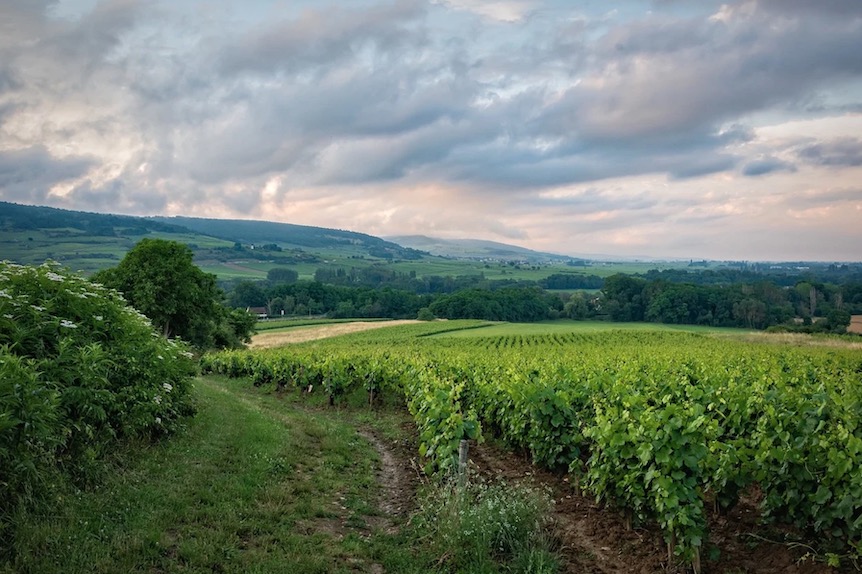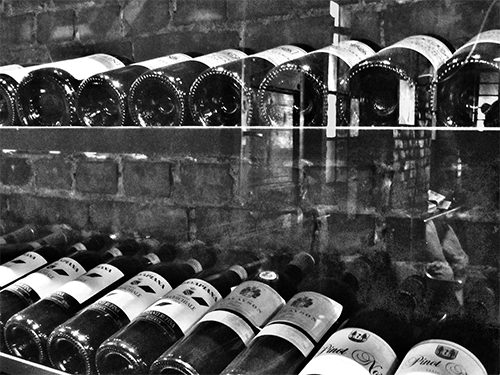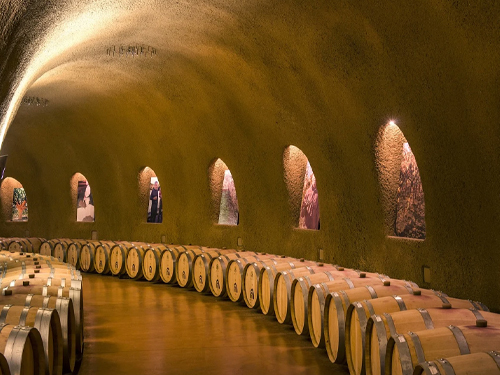Rédigé le 18/10/2021
Tout savoir sur les différentes appelations

Ce n'est plus un secret pour personne. Le monde du vin regorge de nombreuses notions. La semaine dernière par exemple, nous nous penchions sur la différence entre les vins natures, les vins biologiques et les vins biodynamiques.
Aujourd'hui, nous allons tout vous expliquer sur les nombreuses appellations, entre AOC, AOP, IGP afin que cela n'ait plus aucun secret pour vous.
Le vin AOC
L'appellation d'origine contrôlée est sans aucun doute l'une des plus répandues. Cette dernière a fait son apparition en France dans les années 1930. Elle a été mise en place pour lutter contre les nombreuses fraudes et ainsi, protéger le nom du vin et du domaine. L'AOC permet également de protéger et d'encadrer les spécificités et les nombreuses caractérisées liées à un territoire délimité. En plus d'être l'une des plus répandues, elle est l'appellation française la plus prestigieuse car elle est soumise à un cahier des charges les plus strictes.
Pour détenir l'AOC délivrée par l'INAO (Institut national de l'origine et de la qualité), le vigneron devra remplir plusieurs facteurs comme l'emplacement de la culture, le cépage utilisé, le rendement par hectares, la technique de vinification ainsi que le degré d'alcool. Son exigence la rend extrêmement qualitative.
Le vin AOP
L'appellation d'origine protégée est, elle, arrivée beaucoup plus tard en France, en 2009. Elle est quasiment identique à l'AOC, mais avec un rayonnement au niveau de l'Europe. En effet, l'AOP n'est autre que l'équivalent européen de l'AOC. Pour qu'un vin obtienne l'appellation d'origine protégée, il devra obligatoirement avoir obtenu l'appellation d'origine contrôlée auparavant.
L'IGP
L'indication géographique protégée a fait son apparition en 1992 et a une résonance européenne. C'est en 2009 qu'elle remplace l'appellation Française "Vins de Pays", qui a été créée en 1968. Cette dernière avait pour but de valoriser la production de vin d'une zone géographique bien précise comme le Val-de-Loire, le Pays-d'Oc ou encore les Côtes-de-Gascogne. À l'instar de l'AOC, elle est soumise à un cahier des charges bien précis, mais qui est plus souple et est mis en place pour protéger les vins et au moins une étape de la culture ou de la signification dans la zone relative à l'appellation. L'IGP laisse une certaine liberté aux vignerons et est regroupées en trois types : les IGP régionales, les IGP départementales et les petites zones.
Les Vins de France
Auparavant appelée "vins de table", l'appellation Vins de France est extrêmement souple. Cette dernière n'est pas soumise à une zone géographique précise ni à un cahier des charges précis.













